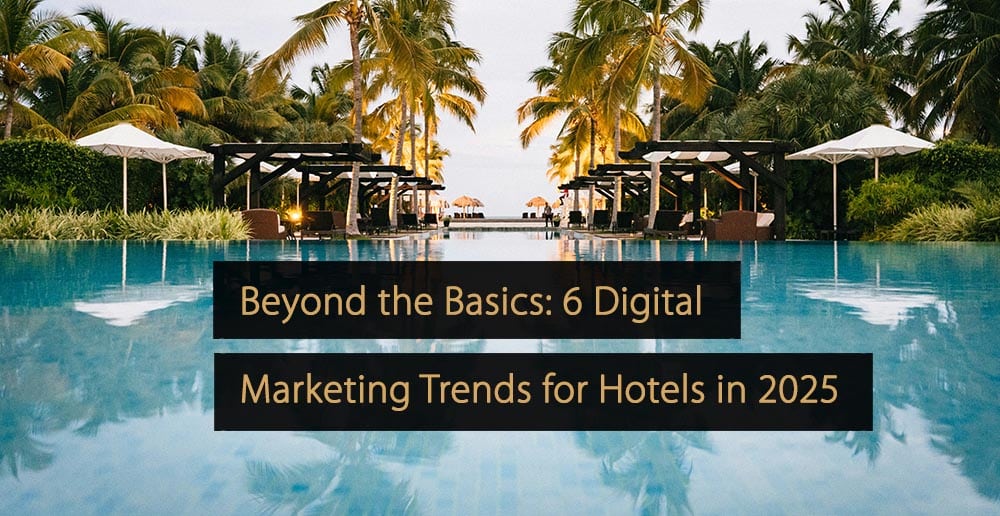Due to Covid-19, social distancing has advanced the prominence of contactless payments and the delivery of digital services. Consumer behavior highlights the growing acceptance and expectation of contactless services, requiring all businesses to adapt to existence. As the hotel industry prepares for the return of travelers, the industry must recognize the new consumer touchpoints to digitalize processes to provide greater confidence while delivering a more enhanced experience in the guest journey.
The State of Contactless Behavior 2020
Over the past year, we have seen a greater uptake in direct messaging by hotel customers’ guests, with more hoteliers interested in digitalizing various touchpoints in their guest journey.
Numbers released also show this fast-moving trend towards contactless expectation:
Before Covid-19, Visa (1) found that 66% of Brits had used contactless cards to make a payment, with 76% of Millennial shoppers making purchases with their contactless card. In the first 16 weeks of 2019 (2), customers in Denmark, Norway, and Sweden made 45% of all card transactions contactless, which grew to 69% in 2020. Germany’s contactless transaction rates have increased from 35% – 50%. Singaporean contactless consumers make up 56% of transactions (3). And in the USA, overall contactless usage (4) grew 150% compared to March 2019.
Although the move to eCommerce and the advancement of mobile commerce has fuelled the expectation of contactless payments, Covid-19 social distancing has accelerated adoption, with many retail stores only accepting contactless or card payments. Mastercard research (5) found 79% of consumers use contactless payments to ensure safety and cleanliness, with 72% stating they will continue to use contactless payment methods even after the pandemic fades, with speed marked as one of the core benefits.
Change in Services
With the lockdown forcing people to work from home, the very nature of customer service and delivery has had to change. To maintain speed and efficiency, businesses have employed online chatbots to manage most customer inquiries, obliging consumers to adapt to this new customer service delivery.
And it’s not just retail that has been affected; we see health services worldwide that have had to opt for direct messaging to keep patients informed of appointments and test results to reduce the pressure on services and support call center teams inundated with complex inquiries.
Every aspect of our lives since the lockdown has had to find a way to go digital, and local takeaways have had to shift to survive handing over orders to Deliveroo, JustEat, or Uber Eats. Where we have had to live in a cashless society to prevent the spread of Covid-19, our contactless society has leaped forward.
A New Generation of Travelers
While the world has been obsessed with the behaviors of Millennials for the past ten years, it’s the expectations of the true digital natives – Gen Z that needs to be addressed for survival over the coming decade. The consumer group that represents under 26-year-olds (6) will become an important market to cater to, where 40% have made in-app payments, with 34% using a mobile wallet – sharing the same level of interest for mobile eCommerce as Millennials at 47%, compared to 28% of Gen X.
Today, consumers expect information to be available at a touch of a button; they are used to self-servicing or making their orders and purchases, whether it’s online booking, a takeaway touchscreen, restaurant menu apps, or in-app flight check-in. We are in an era where consumers are empowered to do it themselves – without the hassle of physical interaction.
Contactless connections may leapfrog into existence, but it has been driven by building human experiences that are personalized and responsive to an individual’s needs and situations. Consumers also expect their journeys to be frictionless, whether it’s the ease of booking, quick purchases driven by the Amazon model, or easy room access using digital keys.
Digital Guest Services and Concierge
Consumers have become much more independent in organizing travel and seeking information, and they expect businesses to follow suit. The days of calling or visiting the front desk for information are nearing an end. The in-room hotel information folder is often outdated, stale, and grubby, offering little to the traveler’s imagination.
This all presents an opportunity for change and to deliver guests the services they need when they want them. While some travelers may be willing to spend their entire stay on-site, many more want to explore and immerse themselves in the local culture and visit places of interest, meaning their time on-site is limited. This does not mean that guests are not interested in being serviced or supported by the hotel; on the contrary, they’re looking for a more relevant and profound connection that the hotel can offer.
Building a Contactless Guest Journey
Many companies have worked with hotels over the past few years to develop their guest journey and identify opportunities to connect with guests in the new low-touch economy. When guests are out sightseeing, this is prime time to connect. Companies like Bookboost have developed campaigns to offer additional services for revenue generation and create deeper, more meaningful relationships.
The opportunities are vast, from offering early or late check-in, unique spa or food and beverage promotions, or additional services to support their stay and provide a more fulfilling experience. Some hotels increased revenue by offering parking spaces and breakfast options, while others improved guest review ratings by sending them a direct message encouraging them to leave reviews.
A 24/7 World
There is also an increasing expectation that services are accessible 24/7, and hotels need to use technology to enable them to commit to a higher level of service without putting undue pressure on their staff. Gen Z and Millennials are looking for instant communication and gratification. Using chatbots is feeding their need for immediacy and allowing hotels to automate guest services and communication without compromising quality.
With immediacy comes simplicity – consumers today have direct questions and expect immediate answers; the growth of messaging apps is changing social conventions to focus on relevancy meaning hotels need to serve guests on the platforms they use.
Meeting Expectations
The rise of Airbnb has also encouraged direct communication between the guest and their place of stay – direct in-app messaging allows hosts to be closer to the guest from the moment of booking to their departure. Hotels must climb on this bandwagon to meet their expectations, especially as guests expect to communicate with their hotel even through apps like Booking.com ahead of their stay.
There is an increase in unified messaging inboxes providing hotels with the platform to manage the different messaging apps and stay on top of guest inquiries, meaning they can cater to all guests regardless of nationality.
Contactless communication is not just about hygiene and safety around Covid-19; it’s also a new human behavior as guests expect to get information before their stay. Using guest messaging, hotels can contact their guests and support them with their booking from their initial website visit right until the moment they depart.
More Tips to Grow Your Business
Revfine.com is the leading knowledge platform for the hospitality and travel industry. Professionals use our insights, strategies, and actionable tips to get inspired, optimize revenue, innovate processes, and improve customer experience.Explore expert advice on management, marketing, revenue management, operations, software, and technology in our dedicated Hotel, Hospitality, and Travel & Tourism categories.
This article is written by our expert partner Bookboost
Partner PageSources:
(1) Visa, The contactless revolution ten years on two-thirds of Brits now tap to pay
(2) Finextra.com, Pandemic accelerates contactless payment adoption in the Nordics
(3) Fingerprints.com, Fingerprints gears up for next generation of biometric payment cards
(4) Nfcw.com, Visa reports on impact of Covid-19 on contactless payment adoption
(5) Verditc, Covid-19 pandemic accelerated contactless payments adoption globally
(6) Electran, Gen Z Trend Setters on Alternative Payment Types








Leave A Comment